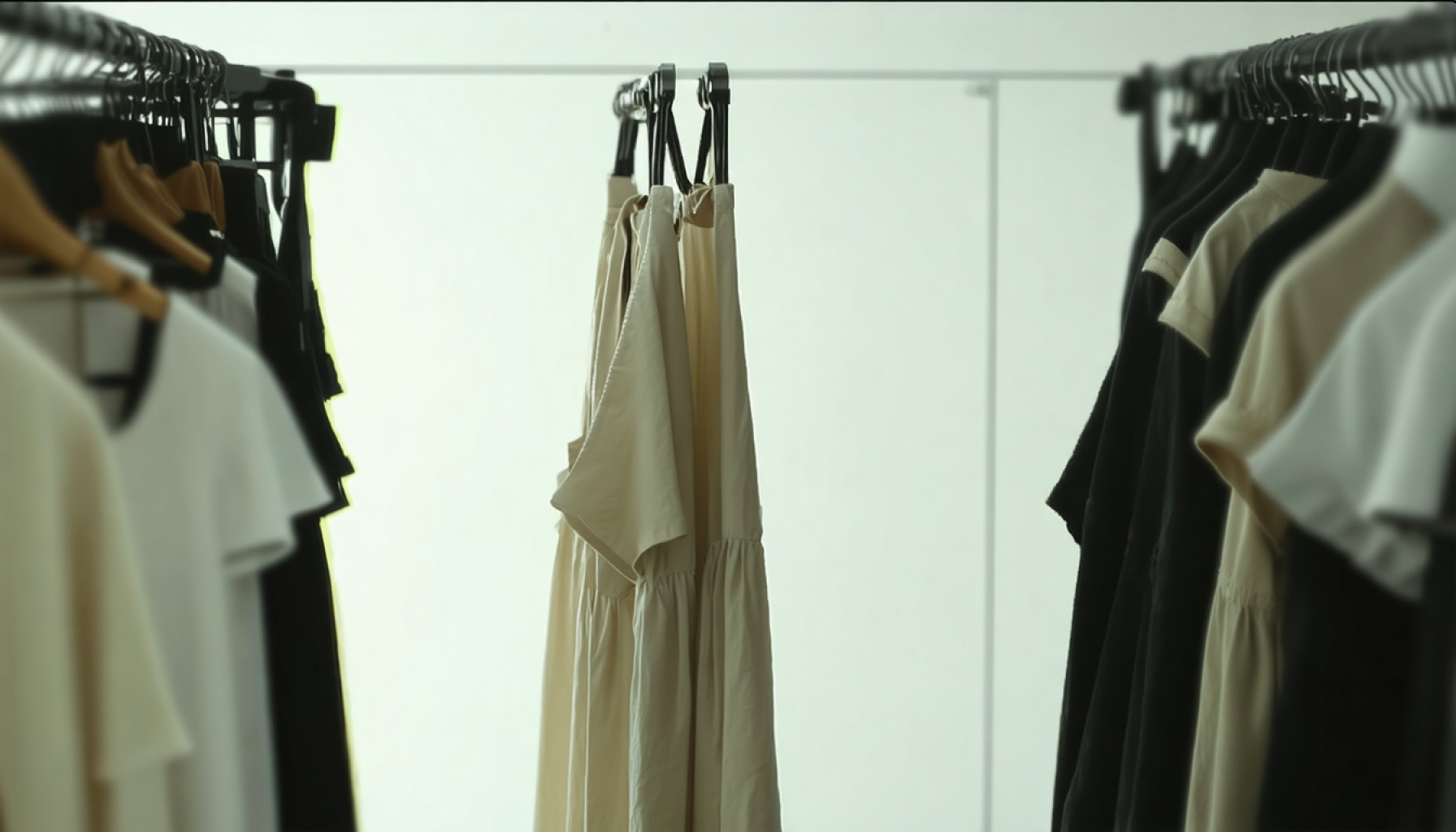- The fashion industry faces sustainability challenges, largely due to fast fashion’s environmental impacts.
- MycoTwill, a textile made from mycelium (fungal root systems), offers a sustainable alternative to traditional fabrics.
- MycoTwill mimics luxury materials like cashmere and leather while reducing the industry’s carbon footprint.
- Its laboratory cultivation absorbs carbon dioxide and lowers resource consumption compared to conventional methods.
- High-profile designers and fashion brands are adopting MycoTwill, aiming to redefine luxury sustainably.
- Challenges include cost, consumer acceptance, and scaling production, but innovation drives this eco-friendly shift.
- The use of MycoTwill symbolizes a broader movement toward responsible and creative fashion solutions.
Amidst a world striving for sustainability, the fashion industry often lags behind—churning out fast fashion as rapidly as it contributes to environmental woes. However, a quiet revolution promises to revitalize how we view our wardrobes and the planet. Breathable fabrics woven from unexpected sources are emerging as the eco-conscious thread weaving together fashion’s future. But in a sea of silk and nylon, what could possibly rival tradition?
Enter MycoTwill, a revolutionary textile spun from mycelium, the root system of fungi. These fibers don’t merely mimic the softness of cashmere or the durability of leather; they offer something rarer—a chance to reduce the industry’s carbon footprint drastically. Picture spools of sustainable culture sprouting in climate-controlled labs, each strand absorbing carbon dioxide as it grows. MycoTwill, unlike conventional materials, not only cuts resource consumption but regenerates it.
Designers and scientists are joining hands, turning lab-grown ingenuity into couture. Industry giants—no strangers to criticism over environmental impacts—are tapping into this innovation in a bid to redefine luxury. This burgeoning trend is reshaping wardrobes, offering ethical elegance without sartorial compromise.
While traditional harvests lead to deforestation and water depletion, mycelium lab cultivation turns the tide: what’s grown underground nourishes what flourishes above. Fashion brands are already rolling out collections showcasing this biomaterial alchemy—garments that topple the precarious balance of demand versus global health.
Yet, the journey is not without its hurdles. Cost-effectiveness, consumer acceptance, and scaling production pose challenges. Still, as fashion houses illuminate runways with sleek silhouettes crafted in partnerships between companies and nature, a new kind of glamour takes hold—a testament to innovation’s potential to dress history in harmony rather than hubris.
As MycoTwill spreads its roots deeper into the fashion fabric, the ultimate takeaway becomes clear: changing the world does not always begin with grand gestures, but with the threads that bind us—turning what’s beneath our feet into something above our shoulders: a cloak of responsibility, creativity, and hope.
Discover the Eco-Friendly Fashion Revolution: MycoTwill and the Future of Sustainable Style
The fashion industry is undergoing a transformation that balances style with sustainability, driven by innovative materials like MycoTwill. As environmental concerns intensify, traditional fabrics such as cotton and polyester face scrutiny for their resource-intensive production processes. MycoTwill, woven from mycelium—an underground fungus network—represents a groundbreaking alternative that promises a sustainable future for fashion.
Understanding MycoTwill: What Sets It Apart
1. Eco-Friendly Production:
MycoTwill is cultivated in controlled environments, absorbing carbon dioxide during its growth. This contrasts sharply with conventional textile production, which often leads to deforestation and substantial water usage.
2. Versatile Applications:
The material mimics the softness of cashmere and the durability of leather, making it suitable for a variety of fashion items from everyday wear to luxury accessories.
3. Biodegradation and Regeneration:
Being an organic material, MycoTwill decomposes naturally, reducing landfill impact and regenerating nutrients for the soil.
Overcoming Challenges: Scaling and Acceptance
While promising on paper, MycoTwill faces obstacles in cost management and consumer acceptance.
Cost-Effectiveness:
As with many eco-friendly innovations, initial production costs can be high. However, advances in biotechnology aim to streamline processes and lower expenses over time.
Consumer Awareness and Acceptance:
Education is crucial to help consumers understand the benefits of MycoTwill, fostering broader adoption in mainstream fashion.
Real-World Applications: How MycoTwill is Reshaping Fashion
– High Fashion Collaborations: Major fashion houses are now experimenting with MycoTwill, introducing collections that merge avant-garde design with ecological ethics.
– Everyday Use Cases: From eco-conscious athleisure to sustainable outerwear, MycoTwill is making its mark across various clothing categories.
Industry Trends: The Future of Eco-Friendly Textiles
– Increased Investment: As the demand for sustainable fashion grows, so too does investment in developing innovative materials like MycoTwill.
– Legislation and Policy Influence: Governments worldwide are introducing policies that encourage sustainable practices in the fashion industry, further promoting the adoption of eco-friendly materials.
Pros and Cons Overview
Pros:
– Environmentally sustainable and biodegradable
– Intrinsic carbon sequestration during production
– Offers a unique aesthetic with high versatility
Cons:
– Current production costs are high
– Limited consumer awareness and acceptance
Actionable Tips for Embracing Sustainable Fashion
1. Educate Yourself: Learn about the environmental impacts of different textiles and the benefits of materials like MycoTwill.
2. Support Sustainable Brands: Choose brands and designers that prioritize eco-friendly materials.
3. Advocate for Change: Encourage fashion companies to invest in sustainable textile research and innovation.
4. Spread the Word: Share information on sustainable fashion with your network to increase awareness.
For more information on sustainable innovations in fashion, visit MycoWorks and learn about how MycoTwill is paving the way for a greener industry. Indulge in a wardrobe that aligns with your values, proving that fashion doesn’t have to compromise the planet.







